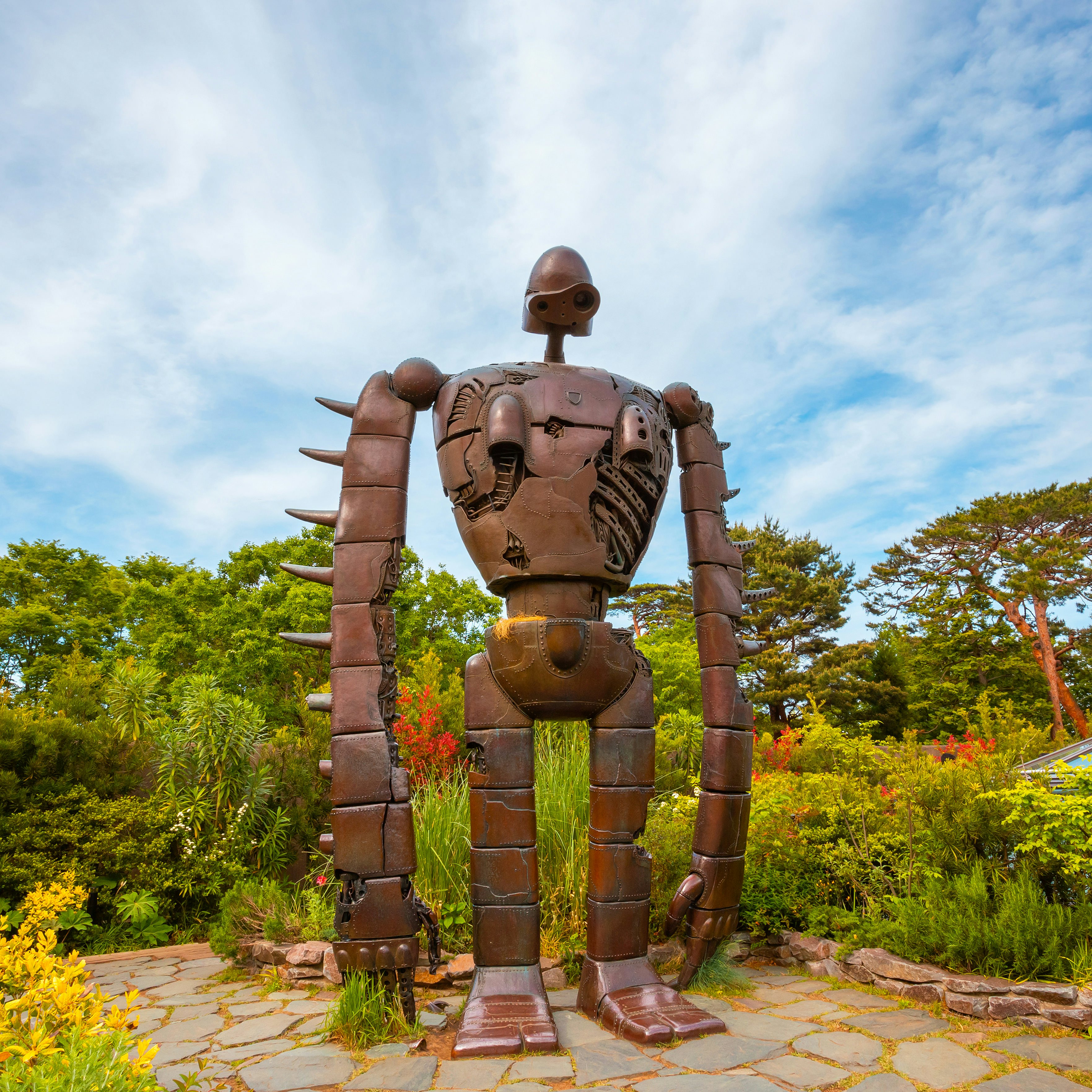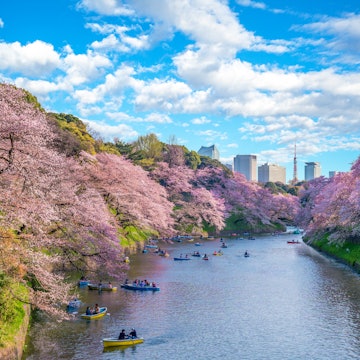

Rintaro Kanemoto for Lonely Planet
Overview
Japan is truly timeless, a place where ancient traditions fuse with modern life, as if it were the most natural thing in the world.
Meet your new travel partner
Stay connected in Japan
Unlimited data while you travel with Holafly eSIM. Use code LONELYPLANET for an exclusive discount.
Must-see attractions
Planning Tools
Expert guidance to help you plan your trip
Best Things to Do
Nara is a historic and picturesque Japanese city where sacred deer still roam the narrow streets. Here are seven reasons to visit Nara.
Read full article
Best Time to Visit
The changing seasons in Japan bring an incredible range of natural and cultural wonders. Here's how to pick the perfect time for your visit.
Read full article
Things to Know
From packing for the bullet train to handling crowds to mastering local rules of tipping, this checklist will set you up for successful Japan travel.
Read full article
Transportation
Traveling from megacities to remote islands and across towering mountains can be daunting – this guide has all you need to know about getting around Japan.
Read full article
Visa Requirements
From mystic mountains to mighty megacities, Japan is awash with iconic travel experiences. Here's what you need to know about visa requirements.
Read full article
Money and Costs
Keep costs low when exploring Japan with these top money-saving tips.
Read full article
Traveling with Kids
Japan is a fantastically easy, fun and safe place to travel for families.
Read full article
Best Road Trips
Japan has excellent roads, dramatic landscapes and exciting regions to discover. Here are the best 10 road trips for getting to know the country better.
Read full article
Get Connected
Want to use your phone in Japan? Here's what you need to know about cell service providers and wi-fi.
Read full article
Get a book. Get inspired. Get exploring.
in partnership with getyourguide
























